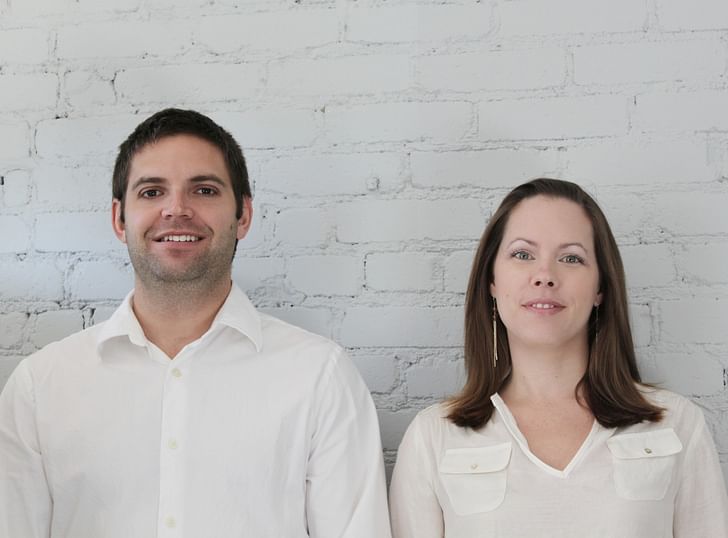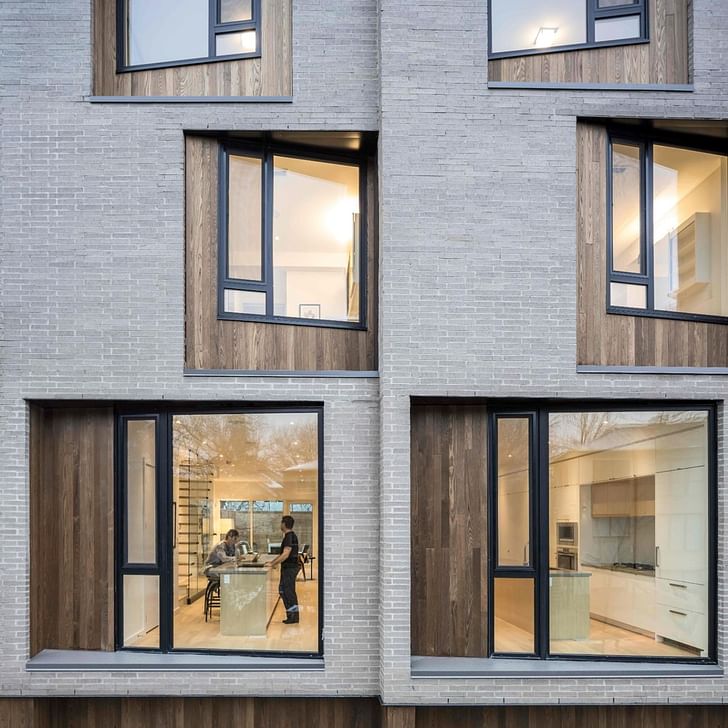

After working for Morphosis and Frank Gehry in Los Angeles, Jodi and Andrew packed up their bags and moved to Canada to start their own firm, Batay-Csorba Architects. The two discuss their decision to relocate and the process of establishing themselves as a young practice in Toronto.
How many people are in your practice?
We currently have 3 people in our office but we are currently in the process of hiring a fourth.
Why were you originally motivated to start your own practice?
We have been collaborating together since our first year of undergraduate studies and it has always seemed like a natural progression for us. We did not have a timeline for ourselves to start the office. We were both immersed in working for others after grad school and we both had amazing experiences doing so. We had the privilege of working for people who we had always admired at Morphosis and Gehry’s. At a certain point you need to take that chance and for us it ended up happening only after we have finished significant projects we were both working on.

You started your practice in Los Angeles but have since moved to Toronto. Can you discuss a bit about decision and what the moving process was like for you guys?
We saw Toronto as a young city that was beginning to embrace contemporary architecture
That was definitely the hardest decision we have made so far and when we talk to our clients about our background, it’s the first question they ask. We were part of an amazing architectural community in Los Angeles and the thought of leaving that for a place that we had only visited as children seems a bit crazy looking back now. We saw Toronto as a young city that was going through a historical, urban densification and a city that was beginning to embrace contemporary architecture. We wanted to be a part of the conversation. So, we packed our bags and left our lives in Los Angeles with no job prospects in hand and started our office in a new country.
What hurdles have you come across?
The most difficult task for us when we started our office was in clearly defining our practice. We wanted to be precise with our positions and pursuits in order to clearly articulate the office’s objectives and identity, and from a business standpoint, differentiate ourselves from competing practices. This forms the boundaries within which all projects are framed. This took us several years to clearly articulate.
In establishing a young, small office, there are certain trajectories available: pursuing small-scale residential or commercial projects, or entering large competitions.
In establishing a young, small office, there are certain trajectories available: pursuing small-scale residential or commercial projects, or entering large competitions. Driven by extensive research, we chose the former, as there appeared to be a latent potential in development trends in the city. With a rapidly-evolving morphology of residential typologies for the densification of Toronto’s low-rise residential fabric, this presented an opportunity to make a contribution to the larger discussion of architecture and development in the city.

Is scaling up a goal or would you like to maintain the size of your practice?
We are more interested in the scale of projects that the size of the office. We would like to pursure more publicly oriented work similar to our background experience. We hope to be able to get back to that scale at some point. So yes, scaling up the office would be a long term goal, however, we want to do it in a sustainable way.
What are the benefits of having your own practice? And staying small?
The greatest benefit is the ability to explore our own ideas, selecting the projects and clients we want to work with, and knowing that our future is in your own hands.

No Comments
Block this user
Are you sure you want to block this user and hide all related comments throughout the site?
Archinect
This is your first comment on Archinect. Your comment will be visible once approved.